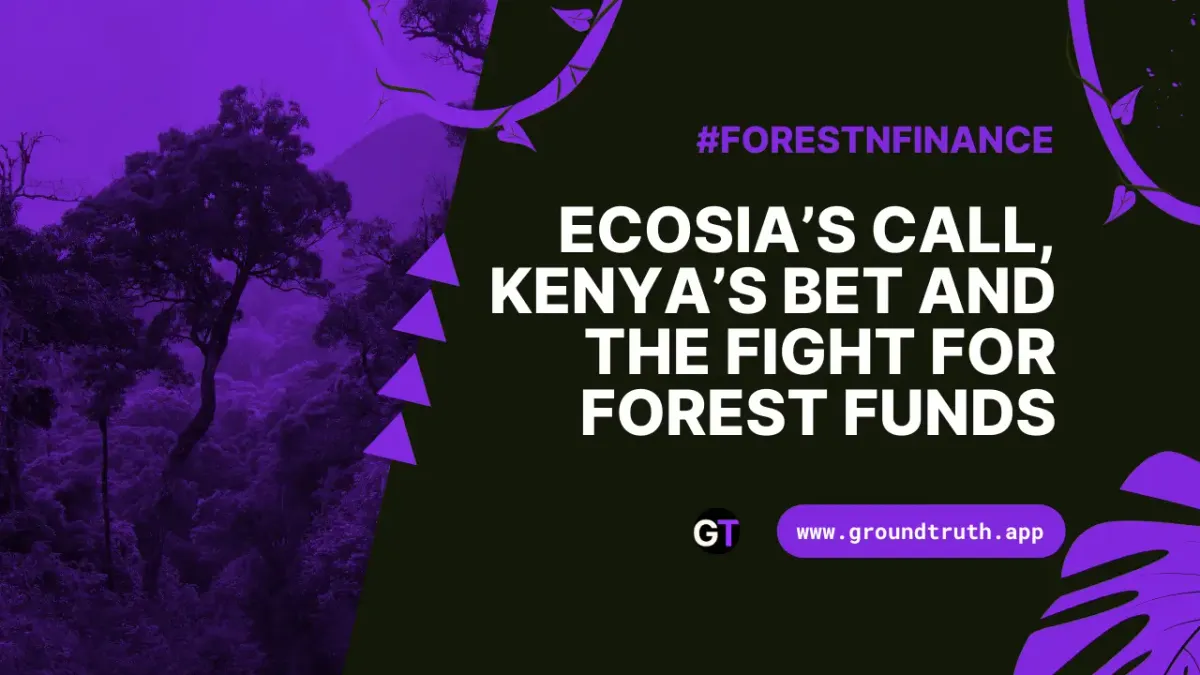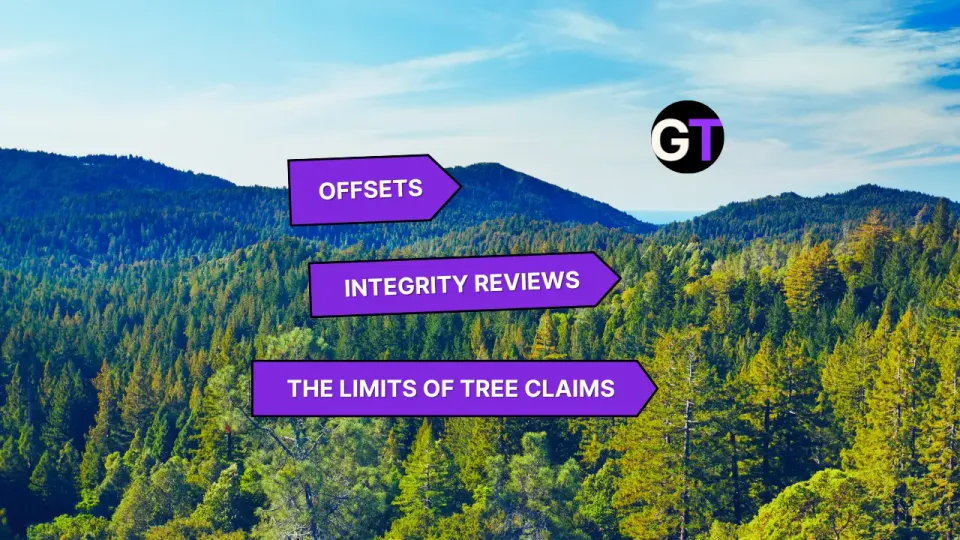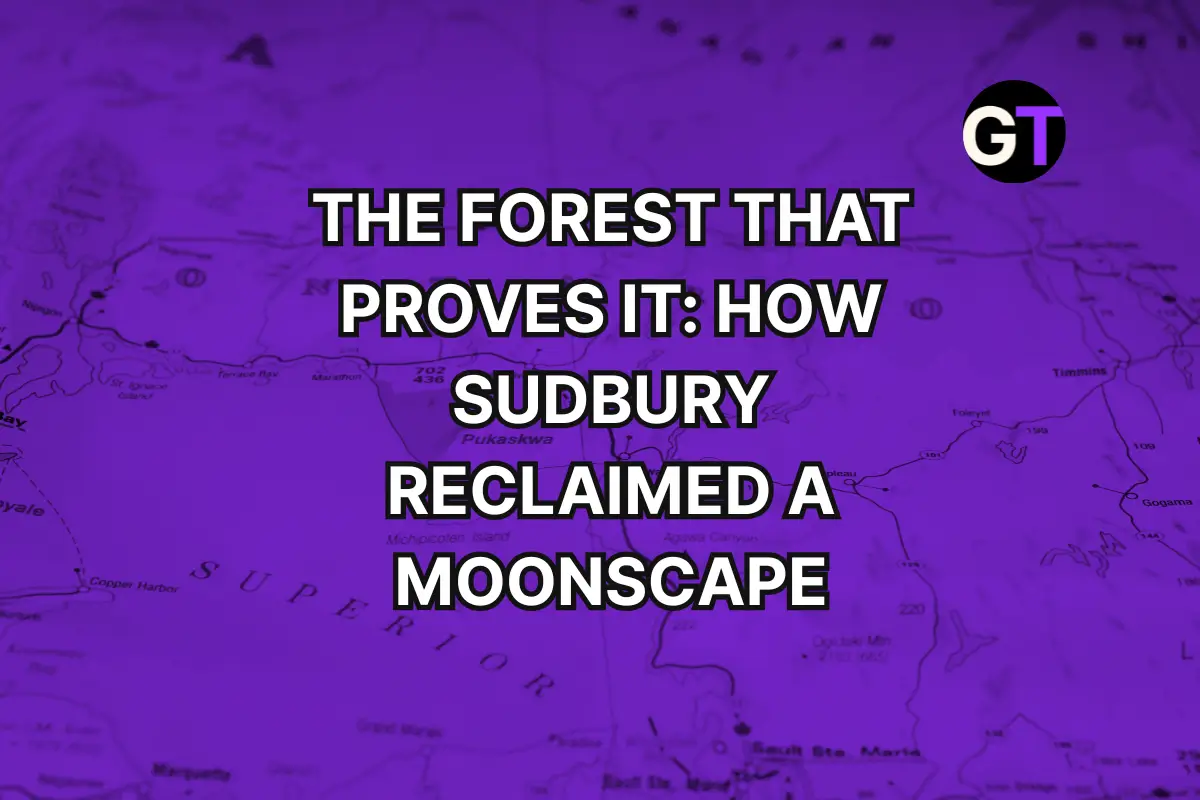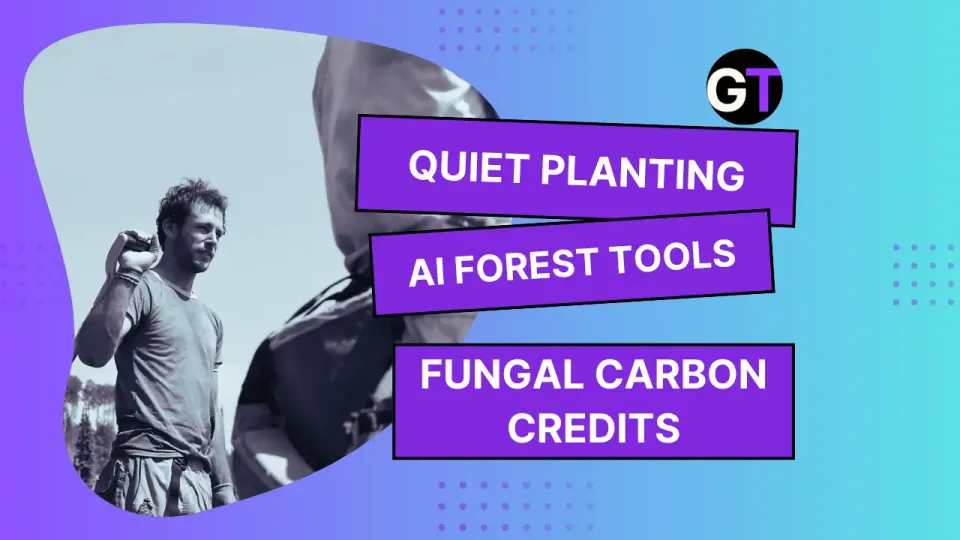Ecosia’s Call, Kenya’s Bet and the Fight for Forest Funds
From Mexico’s green cuts to Microsoft’s cement bet and stalled Indigenous funding, this week’s stories trace climate finance fault lines.

Ecosia Is Taking Pitches
Tree-planting businesses looking for funding now have a shot at partnering with Ecosia. The search engine’s impact investing arm is calling for proposals that deliver measurable climate, ecological, and social benefits—along with enough financial viability to repay initial investments. The form is open to projects in agroforestry, conservation, or innovation.
💬 But what exactly constitutes a quality reforestation effort in Ecosia’s eyes? And how will they weigh carbon credit strategies, community outcomes, and scalability when evaluating applicants?
👉 👉 Apply or learn more here
A New Forest Finance Plan, or a High-Stakes Gamble?
Thirty-four countries have thrown their support behind Brazil’s ambitious Tropical Forest Forever Facility (TFFF), a rainforest finance mechanism set to launch at COP30. Spearheaded by the Forest & Climate Leaders’ Partnership, the TFFF would invest billions into global financial markets and use returns to pay forest nations to halt deforestation. Brazil has pledged $1 billion to get things started and hopes to raise $125 billion more from public and private sources. But not everyone’s convinced. While the facility aims to be a game-changer, critics have likened it to a “green casino,” questioning the wisdom of hinging forest protection on volatile financial markets.
💬 With few details yet on risk mitigation or equitable distribution, one big question looms: what constitutes high-integrity forest protection—and how will Brazil and partners define and enforce it?
👉 👉 Read more at Climate Change News
Kenya Launches $140M Forest Revival Plan With Eyes on GDP and Rainfall
The Kenyan government isn’t just planting trees—it’s hedging the economy. With a KES 21.5 billion (~USD $140 million) plan, Kenya’s rolling out a decade-long push to restore the Mau Forest Complex, starting October 24 with 4 million tree seedlings across 3,313 hectares.
At the launch, Environment CS Deborah Barasa made the stakes clear: “This isn’t charity—it’s economic insurance.” As Kenya’s largest water tower, the Mau is a lifeline for agriculture, energy, and national stability. Now, the plan—backed by weekly planting drives and a forthcoming Mau Water Fund—aims to fuse ecosystem recovery with community livelihoods and climate goals.
💬 It’s a flagship piece of President Ruto’s 15 Billion Tree Campaign, but the big question looms: Can Kenya turn this cash infusion into lasting resilience, or will the forest fall through the cracks of ambition?
👉 👉 Read the article at Capital FM
👉 👉 Read the budget details at Citizen Digital
A Nordic reality check for EU forest targets
Forests can’t fix the climate crisis alone—and Finland and Sweden want Brussels to get the memo. In a joint letter to EU Commission President Ursula von der Leyen, the two nations warn that current LULUCF (land use and forestry) targets are out of step with both science and the state of their forests. Declining growth rates, increased stress from climate change, and ripple effects from the war in Ukraine have left forests less able to deliver the carbon removals Brussels expects—let alone without harming rural economies or timber supply chains.
The message? Forests do a lot—but they can’t do everything.
💬 What kind of flexibility will the EU allow in future climate accounting?
👉 👉 Read the full letter here
Indigenous Climate Finance: Rhetoric Rising, Dollars Lagging
Despite being hailed as irreplaceable stewards of nature, Indigenous Peoples and Local Communities (IPLCs) are still being left out of the climate finance equation. A new analysis by Forest Trends and Rainforest Foundation Norway shows that of the $2.7 billion pledged to IPLCs between 2011 and 2020, only 17% reached IPLC-led organizations — and a mere 2.9% landed in their hands directly.
The takeaway? It's time to move from fly-in, fly-out projects to funding that trusts and empowers. That means long-term, flexible support — especially for operational costs, land rights work, and women-led initiatives.
💬 Can the climate finance community finally walk its talk when it comes to Indigenous leadership?
👉 👉 Read the full report here
Mexico’s 2026 Budget: A Red Light for Green Spending?
President Claudia Sheinbaum’s first federal budget paints a stark picture for Mexico’s environmental agenda: a 4% cut to the environment ministry, the lowest funding for protected areas in over two decades, and slashed fisheries research — all while fossil fuel allocations surge. PEMEX alone will receive $28.2 billion, outpacing the meager $94 million dedicated to clean energy.
Even programs under the climate adaptation and mitigation banner are raising eyebrows. Critics say 93% of these funds are tied to initiatives with limited or unproven emissions impact — and nearly half of it (41%) is headed to the military.
💬 Can Mexico chart a sustainable path when its budget priorities veer so sharply in the opposite direction?
👉 👉 Read the full story here
Grants Take Root: Free Tree Seedlings Coming to Minnesotans in 2026
Let’s Plant Trees is back — and bigger than ever. The Minnesota-based nonprofit has opened pre-orders for its spring 2026 seedling giveaway, aiming to distribute 50,000 native trees across the state. Thanks to grants from the Carolyn Foundation, Arrowhead Electric, and two community funds, these climate-ready seedlings are free to the public.
💬 By helping everyday Minnesotans reforest their land — one plug-grown tree at a time — can small grants seed big climate resilience?
👉 👉 Read more here
NSW Opens $7.5M Grant Round to Supercharge Land-Based Carbon Projects
Farmers, Traditional Owners, and conservation groups in New South Wales can now apply for High Impact Partnership grants of up to $2 million to scale up carbon abatement on land. Round 2 of the program is now open, offering matched funding for projects using ACCU-eligible methods like reforestation, soil carbon, blue carbon, and effluent management.
💬 With co-benefits and knowledge-sharing baked in, can these grants help NSW landholders turn climate action into long-term opportunity?
👉 👉 Read more here

Edited by Chris Harris

This work is licensed under a
Creative Commons Attribution 4.0 International License.





